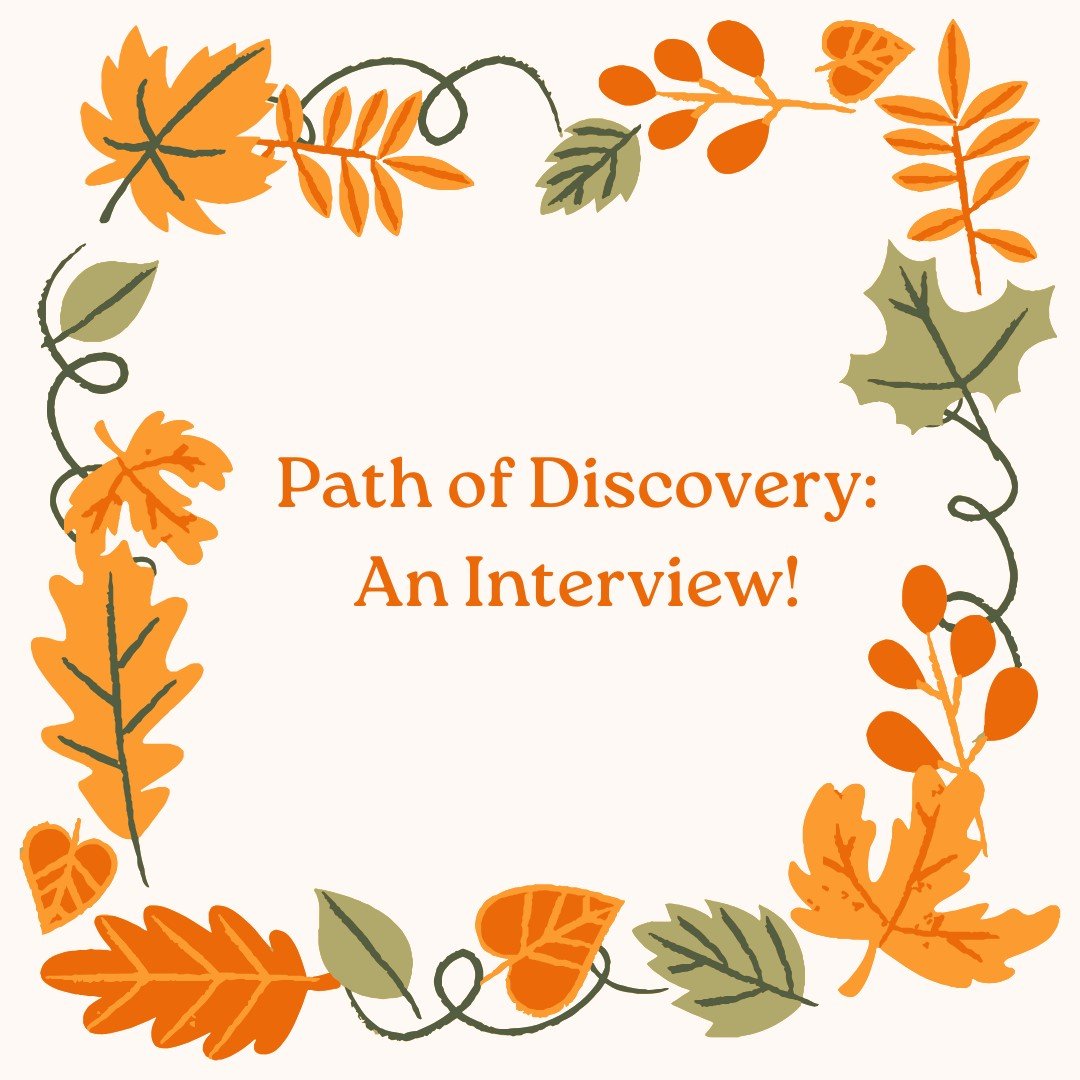Or, for signed copies, Melanie’s Etsy page
Without further ado, the discussion about flash fiction:
Q: What drew you to flash fiction?
Jason: It’s the variety. For the reader and the writer, you’re not committing to a long narrative, so you get to play with genres, styles, crossovers, characters, languages, tropes you otherwise wouldn’t touch with a ten-foot pencil.
Melanie: Flash is super flexible—it combines the narrative and action elements of fiction with attention to poetic language. It’s also compact and helps writers learn compression (which I always need!), integrating language like dynamic verbs and precise imagery, which I find exciting.
Q: What makes flash special or stand out from other literary genres?
Jason: Sort of what I mentioned above. It’s super-short, so there’s more room for variety and creativity than with other lengths of fiction.
Melanie: It combines the best elements of fiction and poetry and yet brings its own special qualities to the table, including a variety of formats and styles.
Q: Tell us about your book in a sentence or two, as if it were a birthday present you were describing.
Jason: Flash in a Flash is just the coolest gift, because I get to open it twice a week! It’s a literary newsletter that puts a super short story - under 1,000 words - in my mailbox every Monday and Thursday! All kinds of genres. All kinds of styles.
And it gets better! I’m a writer, and they’re seeking submissions. So with a little luck I can have my own micro-stories get out into the world. They’re a paying market, too!
Melanie: Very cool. Always great to learn about writing markets, especially those which pay. My book, In a Flash, sizzles the pen and sparks a thunderstorm of dazzly new ideas that have never crossed your mind before and will continue to deliver awesome exercises and fabulous flash examples that you can return to again and again, at any season of your writing life ahead. You’ll want to keep it handy and gift a friend interested in the genre. 😊
Q: What’s the coolest or wackiest place(s) your book has been read OR where would you like your book to be read?
Jason: The easy answer is that many people tell me, because of the short time commitment, they keep and read their copy in the bathroom. Besides that, I compiled the first volume in the series while living in Malaysia, so I read several of the submissions while on a boat in a river in Borneo.
Melanie: Wow! Malaysia and a boat in Borneo—so awesome! My favorite place readers have told me my book has traveled is in a gift bag to encourage a friend who has hit writer’s block or who isn’t familiar yet with the joys of flash. Writers are incredibly supportive and kind friends, and I love hearing that my book resonated with a reader so much that they want to gift it to a friend.
Q: Does your book contain exercises for writers? If so, what’s your favorite one that you’d like to share now?
Jason: Not exactly, but anybody can submit…and there is no better writing exercise that finishing a story and submitting it.
Melanie: I love what you say about finishing a story and submitting it. Very encouraging! My book contains a bunch of exercises that writers can use on days when they’re not sure what to write and how to even begin. I love hearing that someone used my exercises to draft a story, submit it for publication, and subsequently received an acceptance letter.
Q: What’s your favorite flash story? Or a flash story that you remember reading and being excited about exploring more in your own writing?
Jason: As of this writing, my favorite remains “The Apocalypse According to Dogs” from my first anthology. It just tickles me.
Melanie: I look forward to checking out that story you mention. The first flash I remember reading and thinking about how amazing it was and wanting to explore more in my own writing was the one often attributed to Hemingway: “For sale: baby shoes, never worn.” That just hits me in the gut. As a poet as well, the imagery just says it all. That so very much emotions could be contained in six short words is super inspiring and challenging. Every time I read it, I both get the chills AND want to write something that eloquent and that compact.
Bio:
Jason Brick is the skipper at Flash in a Flash, a biweekly newsletter delivering fiction to mailboxes all over the world. When not writing and editing, he travels, cooks, practices martial arts, and spoils his wife and two sons. He lives in Oregon.
Connect with Jason:
https://www.facebook.com/brickcommajason
Contact Jason: brickcommajason@gmail.com
Jason’s books and projects


















